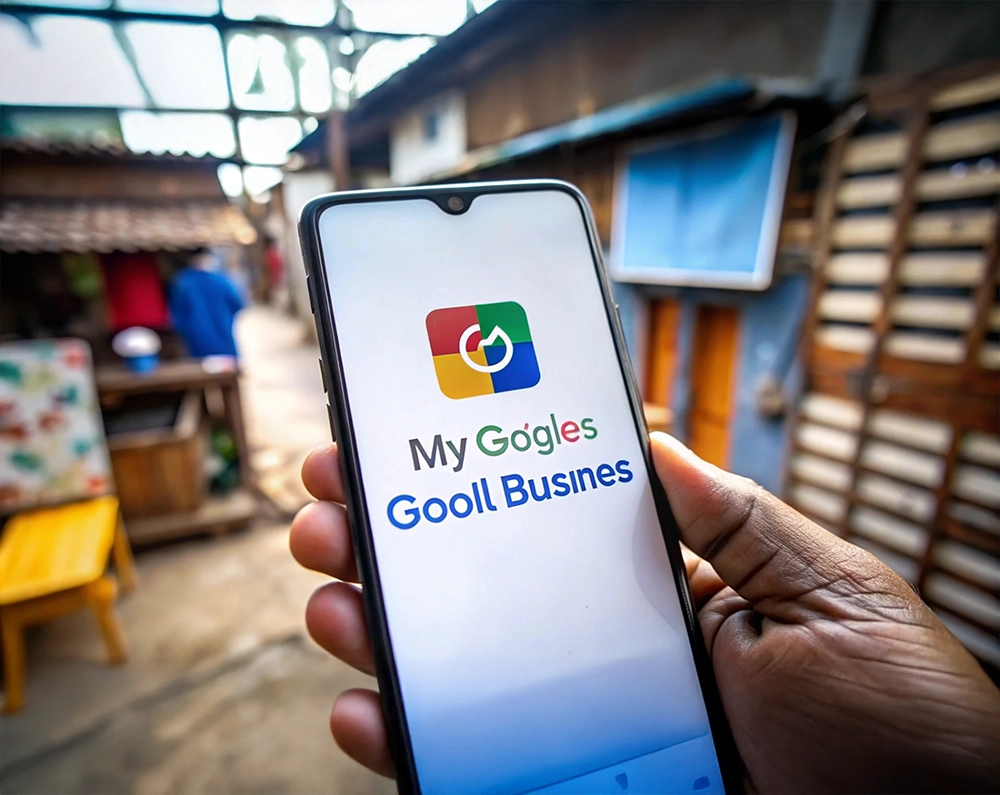People use them interchangeably. But when you’re actually doing the work—building a site, running ads, trying to get found online— you quickly come to realize they’re not the same thing.
And if you’re in digital marketing, running a business, or just trying to get eyes on your website, knowing the difference isn’t just helpful—it’s essential.
Let’s break it down without the jargon. Just straight talk about what SEO and SEM really are, how they work, and when it makes sense to use each to get the best result.
What Do These Terms Actually Mean?
If we’re going to talk SEO vs SEM, we need to start by defining them—clearly.
What is SEO?
SEO, short for Search Engine Optimization, is how you earn traffic organically—without paying Google or Bing to put you at the top.
It’s about making your website useful, relevant, and technically sound so search engines naturally rank it well.
Some key parts of SEO include:
- Writing content people actually search for
- Optimizing how fast and mobile-friendly your site is
- Building links from other trustworthy sites
- Making your page structure easy for Google to crawl
By using an SEO strategy, you’re investing in long-term growth. It’s about building a strong foundation now so your website can attract consistent, organic traffic over time—without depending on paid ads.
What is SEM?
Search Engine Marketing (SEM) involves paying to gain visibility in search results. It’s ideal when you want to appear at the top immediately—even if your site hasn’t earned high organic rankings yet.
Usually, when people say SEM, they’re talking about paid ads—like Google Ads or Microsoft Ads.
SEM includes things like:
- Bidding on keywords
- Writing ad copy that converts
- Testing landing pages
- Adjusting budget and targeting for performance
The key takeaway in SEO vs. SEM comes down to timing and approach—organic visibility you earn with trust and authority over time vs. paid visibility you buy to reach your audience faster.
Why SEO Still Matters and When It’s Worth Prioritizing
Let’s be real—SEO takes time. You don’t write one blog and wake up on Page 1 the next day. But if you stick with it? It can become your biggest, most reliable source of traffic.
Here’s why SEO matters:
- You’re not paying for each click. Once you rank, visitors come to your site without eating into your budget.
- Users tend to trust organic results more than ads. So, earning your place on top boosts credibility.
- It keeps working, even if you pause your efforts for a bit
- It helps your overall website health (better UX, speed, structure), benefitting users and your conversions.
- You own it—it’s not rented visibility
Of course, it’s not all upside.
The flip side of SEO:
- It can take 3–6 months to see traction
- Google’s algorithm changes can shake things up
- Staying visible means regularly publishing new content, refreshing older posts, and fine-tuning technical elements.
Still, if you’re serious about long-term growth, a smart investment in SEO and SEM services should start with a solid SEO foundation.
Why SEM is Fast, Flexible, and Sometimes Expensive
Sometimes, waiting months just isn’t realistic. You’re launching a new product, running a seasonal campaign, or you’re the new kid in a crowded niche.
Here’s where SEM wins:
- You can start seeing clicks within hours of launching your ads.
- It’s ultra-targeted and shows your campaign exactly where it matters: in specific cities, devices, or times of day.
- You get immediate feedback on what works.Every impression, click, and conversion is trackable, giving you data to refine your strategy in real-time.
- You can test multiple messages quickly.You can quickly test multiple messages, offers, and landing pages to see what resonates and scale the audience.
However, SEM and SEO aren’t interchangeable. The big drawback with SEM is cost. You’re paying for every click, whether it converts or not.
What you should watch out for:
- If your budget dries up, so does your traffic
- Click fraud and wasted ad spend from bots, accidental clicks, and irrelevant impressions can quickly drain your budget.
- Some users skip over ads altogether in favor of organic results.
- It’s performance marketing—you need to stay on top of it constantly to avoid overspending or missing opportunities.
That’s why pairing SEO and SEM gives you a safety net: quick results now, with a long-term plan in place.
Keywords Matter in Both
One of the largest intersections between the SEO and SEM?
Keywords
Whether you’re doing SEO and SEM marketing, your plan begins with understanding what your audience is actually typing into search fields.
Here’s how it works out:
In SEO
In SEM
- You create content around keywords people search naturally
- You build your site to optimize for those terms organically
- You shoot for long-tail keywords with fewer competitors
- You bid on keywords in platforms such as Google Ads
- You group ad groups by keyword topics
- You target your ad copy to the intent of the keyword
So, despite SEM and SEO seeming like they are two different animals, their pulse is one: intent-targeted keywords.
SEO and SEM Working Together: A Real Example
Say you run a skincare brand.
You write SEO content like “best moisturizers for oily skin,” build out your product descriptions, and over time, those pages start climbing in organic rankings.
But then Black Friday hits. You don’t want to wait—you want sales now. So, you launch a SEM campaign targeting “Black Friday skincare deals” and pay to get your offer in front of buyers right away.
After the campaign, you dig into your ad data. Which search terms converted best? You use that info to update your SEO content, page titles, and descriptions.
That’s what SEO SEM marketing looks like when it’s done well. They’re not competing, they’re complementing each other.
Myths That Still Confuse People
Let’s clear up a few things that cause marketers and business owners to second-guess:
“SEO is free.”
No. It might not charge you per click, but it takes time, effort, writing, tech work, or help from an agency. So, it is not free; it just has a different cost.
“SEM is better because it’s faster.”
Faster? Sure. Better? Not always. SEM disappears the second your ad budget runs out. SEO keeps building over time.
“If you’ve got great SEO, you don’t need SEM.”
Also, false. Even top brands run search ads to protect branded terms, test messaging, or dominate high-value keywords. SEO and SEM both have a place.
Knowing the difference between SEO and SEM can save you from wasting either time or money.
Shared Ground Between the Two
Yes, SEO and SEM are different—but they’re not isolated. There’s overlap, and if you pay attention to it, you’ll get better results from both.
Here’s what they have in common:
- They start with keyword strategy: Know what people are searching.
- They depend on conversion-friendly pages: Whether it’s a blog or landing page, it should be engaging.
- They need analytics: When you know what’s working, you can double down. When something’s falling flat, you can fix it. Without tracking, you’re wasting time, money, and other resources.
- They thrive with A/B testing: Headlines, CTAs, copy—test it all.
If you’re using platforms like Google Search Console and Google Ads side-by-side, you’ll start to see trends, gaps, and crossovers. That’s where SEO and SEM marketing starts to get powerful.
Final Thoughts: It’s Not Either/Or—It’s Both
This whole SEO vs SEM conversation? It’s a little outdated.
Sure, they’re different—but in 2025, smart marketers aren’t picking one over the other. They’re using both to grow visibility and bring in the right traffic at the right time.
SEO gives you a strong, sustainable foundation.
SEM gives you quick wins and testing power.
Together? You build a system that brings traffic now and traffic later.
So, whether you’re doing it yourself or hiring someone for SEO and SEM services, remember: they’re not rivals. They’re partners. And using SEM and SEO in sync is how brands grow faster and smarter today.
FAQs: Clarifying What Most Get Wrong
1. Is SEM included in SEO?
No, SEO focuses on organic (unpaid) search results, while SEM includes paid search advertising like Google Ads. They complement each other but are separate strategies.
2. Can I perform SEO and SEM simultaneously?
Absolutely, it usually works better that way. Use SEM to get traffic immediately, SEO to build authority and visibility over time.
3. Which is more cost-effective in the long term?
SEO. Because it generates ongoing, organic traffic without paying per click—unlike SEM, where costs continue as long as ads run.
4. Do SEO and SEM require separate strategies?
Yes, they need separate strategies and tools. SEO focuses on long-term organic growth, while SEM targets paid, short-term results. Using both together gives immediate visibility from SEM and sustainable growth from SEO—a powerful, balanced approach.
5. Is SEM simply Google Ads?
Primarily, yes. But it also encompasses Bing Ads, YouTube Ads, and any search-based advertising platform.





